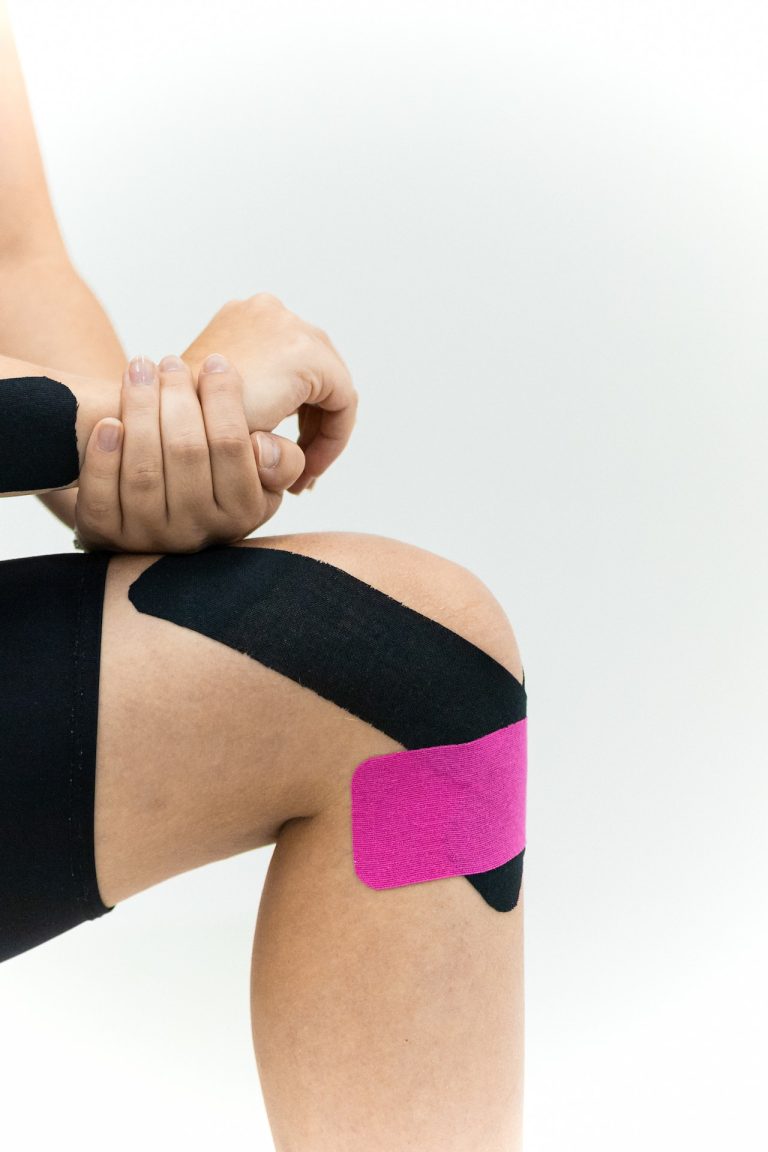- Knee Joint
Joints are vital structures of the body that facilitate swift movements of the body. The knee joint is more complex than any other joints in the body. Annually, over 1 million patients visit emergency department complaining about soft tissue injuries to the knee. In the United States, more than 2 million primary care visits are reported to be associated with acute knee joint diseases. Hence, understanding the anatomy of the knee joint and emergency conditions related to it becomes vital.
Given that major orthopedic emergencies constitute of knee joint injuries, accurate and timely management of knee injuries is important. Anatomy of the knee joint is a little complex than a simple hinge joint. Knee joint is the connecting joint between the thigh bone and the shin bone. Cartilages are located at the end of each bone to cushion the joints and protect it from deteriorating by rubbing onto each other. Shinbone and thighbone is connected through ligaments that run along the front and sides of the knee.
Ligaments and tendons form vital parts of any joint in the body including the knee joint. Tendons are the cords of tissues that work as an anchor to connect muscles to the bones. Ligaments are the band of tissues that has elasticity and connects bone to bone. Ligaments tissues in a knee joint can have different function such as a few may provide stability and protection to knee joints while a few may facilitate and limit movements of shin bone.
Due to the level of stress that knee joint bears, it is more likely to get hurt and suffer from pain and discomfort. Emergency conditions related to knee joint can include fracture and inflammation. Usually, we do not pay prompt attention to keep the knee joint healthy and neglect it until huge pain is experienced that causes difficulty in walking.
Thus, we are required to take appropriate and prompt care of the knees and help ourselves. Exercise regimes and physiotherapy is the best the knee joint treatment. However, to choose the best solution to a knee problem, understanding its root cause is vital. In rare cases, knee replacement is recommended by an orthopedist.
A treatment plan for a patient is decided after considering the factors such as age, presence of any other injuries, activity level of the patient, and other alternative treatment available. In case of severe inflammation of the knee joint, emergency and non-pharmaceutical treatment may involve cold compressions, rest and elevation of the injured knee.
Knee joint injuries are the most common orthopedic emergencies. The knee joint is amongst the most subtle and vital joints and are complex too. Several emergency conditions relate to the knee joints can be fracture, knee dislocations, anterior cruciate ligament injury, ligament tear, and tendon disorders.
A patient should be rushed to the emergency department to seek treatment for his conditions. Treatments for most of the knee emergencies are individualized. A knee joint injury requires prolonged time to heal and hence, a patient should be given sufficient follow-up treatment for his condition.


